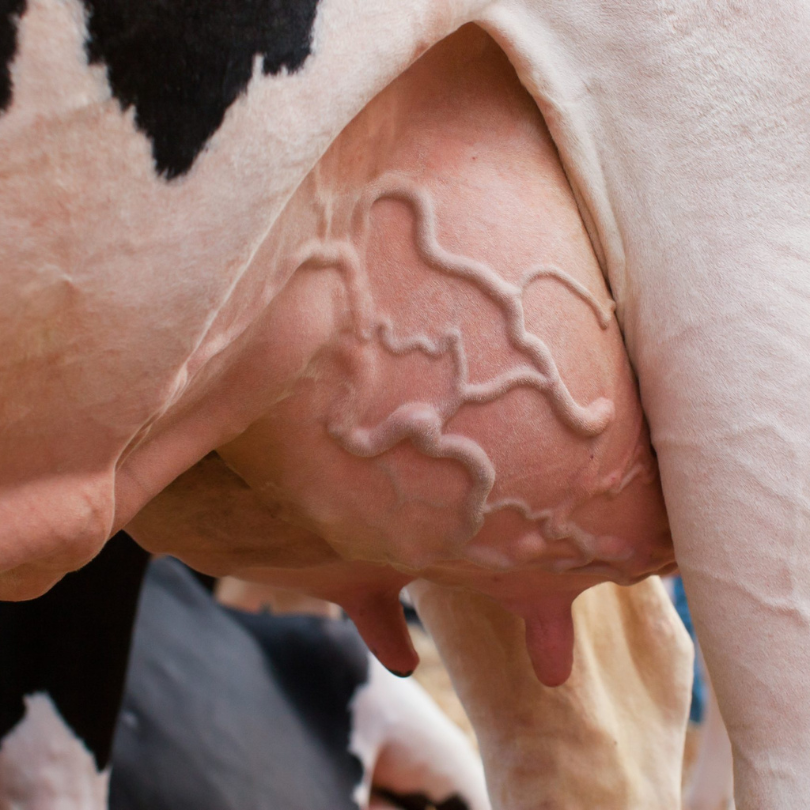
Bovine Mastitis Treatment
Bovine Mastitis: Signs, Care, and Prevention
Responding to Farmers’ Questions
Many dairy farmers ask: “How can I recognize and treat mastitis in my cows?” Bovine mastitis is an inflammation of the udder tissue, usually caused by bacterial infection, though fungi and other pathogens can also be responsible. Mastitis is one of the most common and costly diseases in dairy farming, affecting milk quality, quantity, and the overall health of the cow. Prompt detection, proper treatment, and preventive measures are essential to protect the herd and maintain productivity.
Mastitis can occur in any lactating cow, though it is most common in high-producing dairy cows. The disease often starts subtly, with mild changes in milk composition, but can progress to more severe inflammation, causing discomfort and reduced milk yield. Environmental factors such as poor hygiene, wet housing, and contaminated milking equipment increase the risk. Stress, poor nutrition, and teat injuries also contribute to susceptibility.
Symptoms of bovine mastitis
Farmers should look for these signs:
-
Swelling, redness, or heat in the udder
-
Hard or firm areas in the udder tissue
-
Pain or sensitivity when the udder is touched
-
Changes in milk appearance, such as clots, watery consistency, or blood streaks
-
Reduced milk production
-
Fever and signs of general illness in severe cases
Treatment of bovine mastitis
Effective treatment requires quick action:
-
Veterinary consultation: Early diagnosis and identification of the causative bacteria
-
Antibiotic therapy: Administered intramammarily or systemically based on the vet’s advice
-
Anti-inflammatory drugs: To reduce pain and swelling
-
Proper milking hygiene: Clean teats before and after milking, and discard infected milk to prevent spread
-
Supportive care: Ensure good nutrition and hydration to help recovery
Prevention and Farmer Tips
Preventing mastitis is always better than treatment:
-
Maintain clean, dry housing and bedding
-
Implement strict milking hygiene, including disinfecting teats and equipment
-
Monitor cows daily for early signs of udder inflammation
-
Avoid teat injuries during handling
-
Provide balanced feed to support immunity and udder health
-
Isolate infected cows promptly to prevent transmission
Bovine mastitis can escalate quickly if not treated, leading to long-term losses in milk production and herd health. Farmers who detect even minor udder abnormalities should contact a veterinarian immediately. Consistent hygiene, proper milking practices, and adequate nutrition are key to keeping cows healthy and productive.